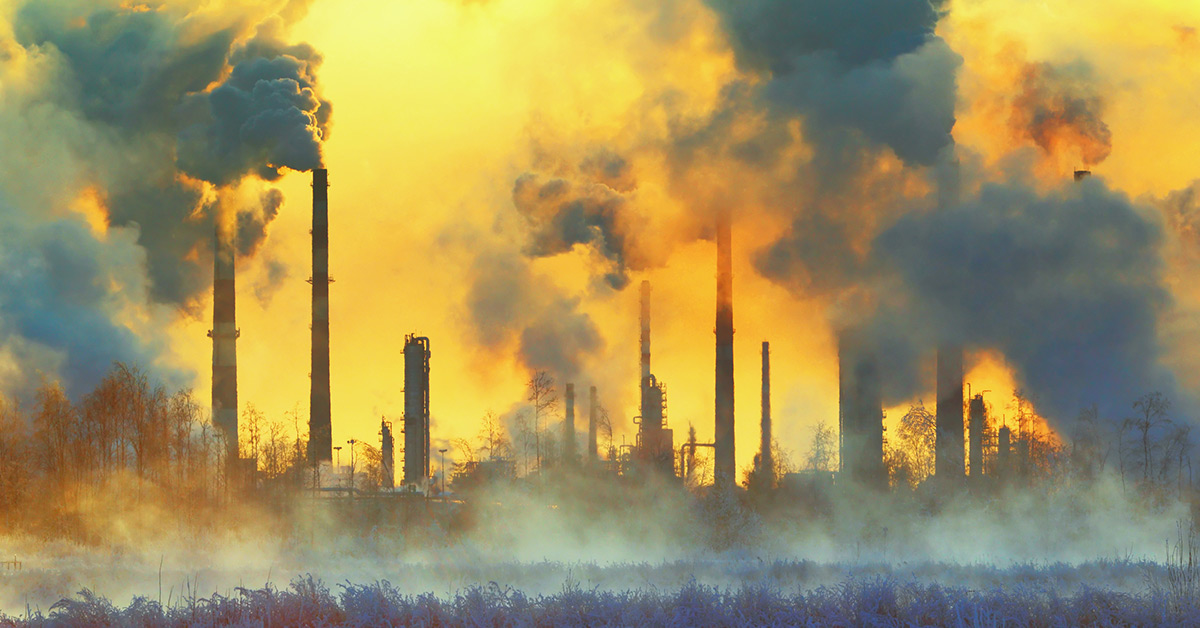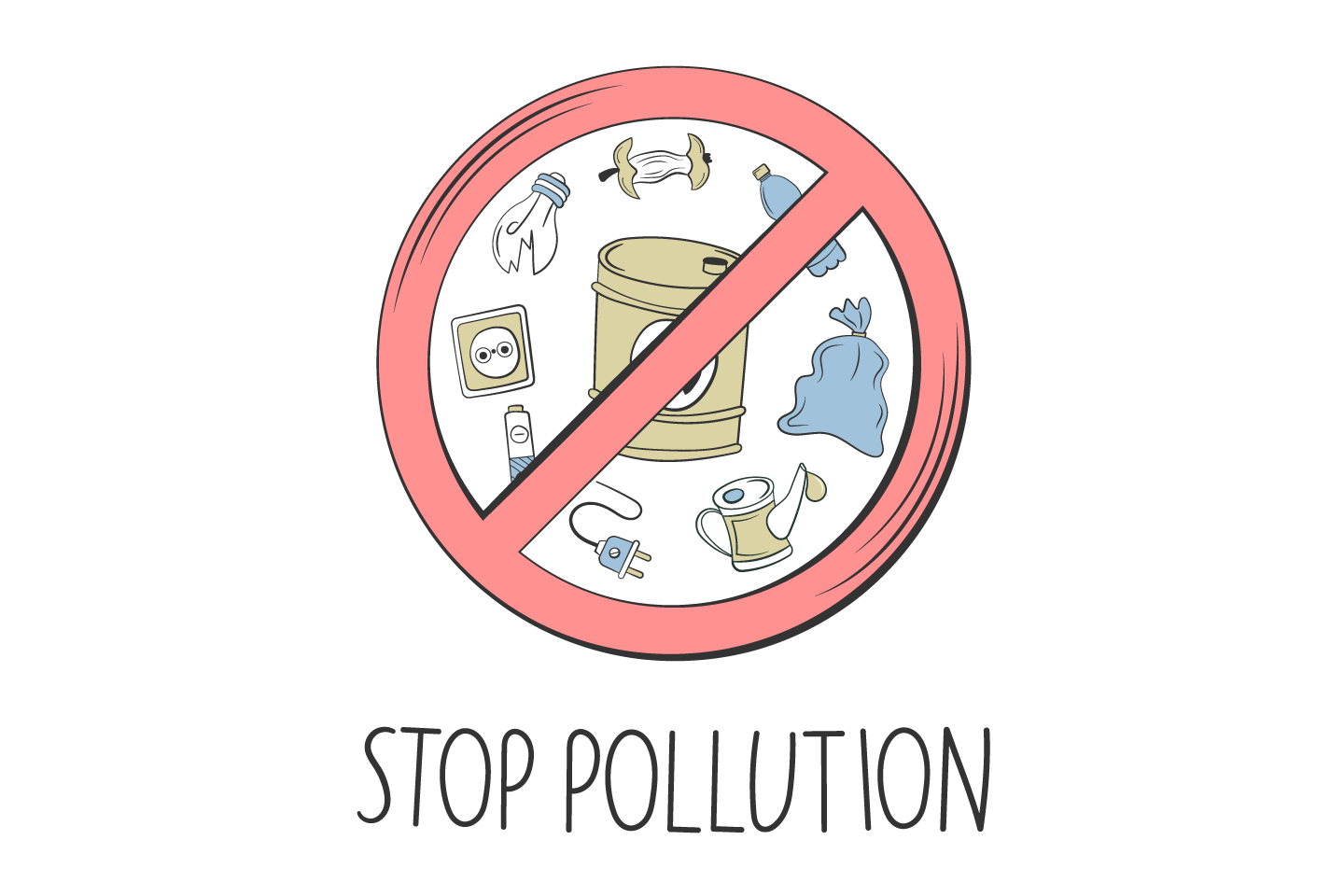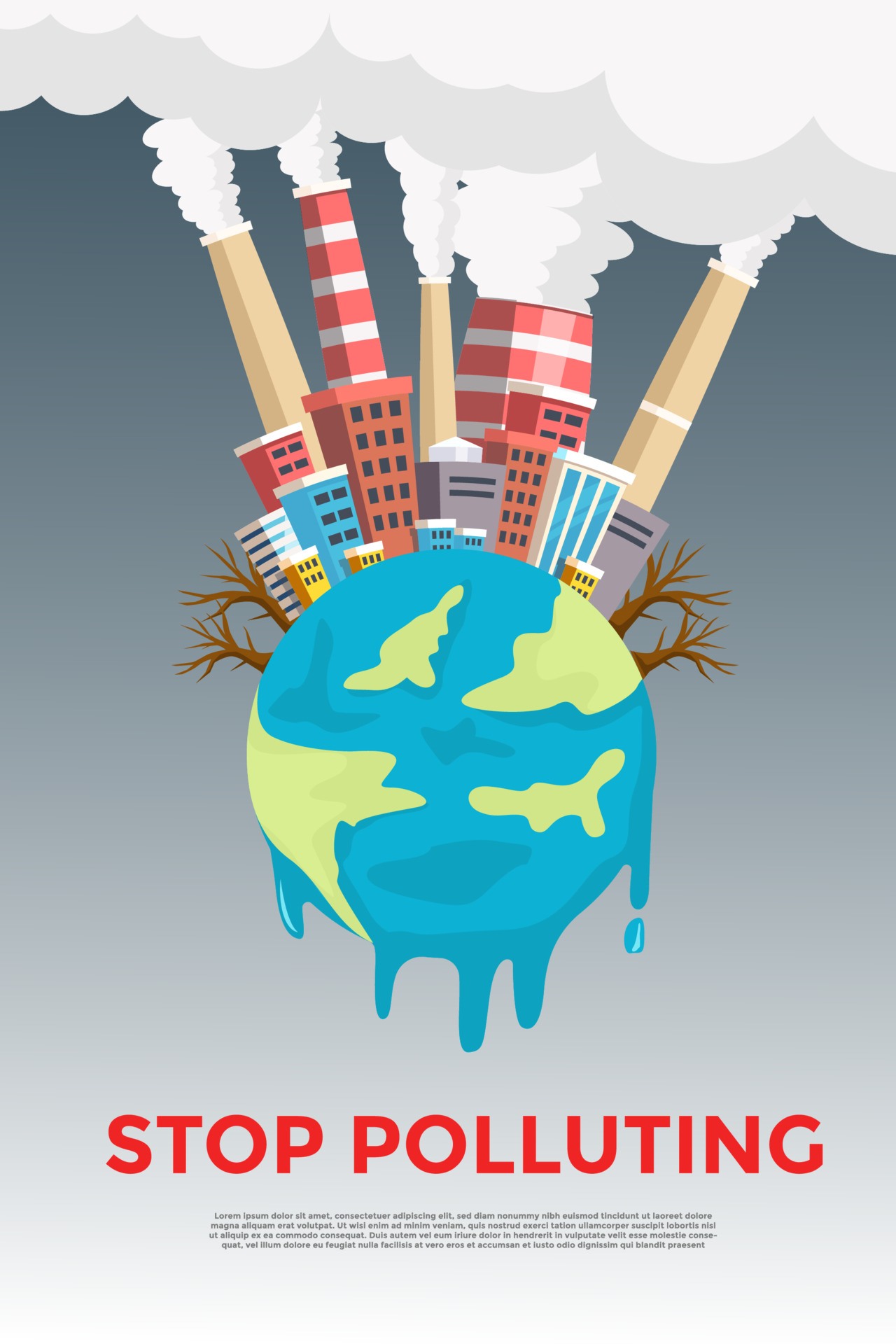Fabulous Tips About How To Stop Industrial Pollution

Make the switch to clean energy sources.
How to stop industrial pollution. 3 preventive measures to control industrial pollution. The convention on biological diversity’s aichi biodiversity targets call for a decrease in pollution and demand specific actions on excess nutrients. Make the switch to clean energy sources.
Industrial growth that is unplanned. If you don't know where to. 1 what causes industrial pollution?
Facilities that use coal or natural gas to generate electricity contribute to water and air pollution all over the world. This study focuses on the industrial wastewater discharge of 27 cities in the yangtze river delta urban agglomeration. New who global air quality guidelines.
The best way to reduce pollution in important ecosystems is to keep them from harm’s way in the first place. Building factories in the right place. Treatment of wastes, discharges and disposals of a.
The following provides a look at some of the most effective ways to minimize and prevent industrial air pollution emanating from factories. Industrial pollution in europe is decreasing, thanks to a blend of regulation, developments in manufacturing and environmental initiatives. Simple things such as sorting the garbage into different bins and investing in equipment that helps reduce waste can make a difference.
2 effects of industrial pollution. A lot of air and water pollution has occurred from companies who ignored rules or standard practices to facilitate rapid. Oils and petrochemical can also make the water too polluted for.
Wine is also big business. 4 min (1078 words) العربية. Current practices for cleaning tools are outdated,.
There are many ways to reduce greenhouse gas emissions from the industrial sector, including energy efficiency, fuel switching, combined heat and power, use of renewable. 3 making sustainable energy choices. Building factories in the right place.
Wine business was estimated to have an economic impact of more than $276 billion in total economic activity; Waste characterization essentially audits the waste stream into categories to determine an organization’s waste type and accumulation rate. Reducing consumption or usage of a polluting product.
2 making sustainable food choices. Facilities that use coal or natural gas to generate electricity contribute to water and air pollution all over the world. 1 making sustainable transportation choices.


















